What is intelligence?
Before delving into the world of artificial intelligence, let's define what we mean by the term "intelligence." Even the most complex insect behaviour is never interpreted as a sign of intelligence, while all except the most basic human behaviour are attributed to intelligence. The difference is the ability to adapt to new circumstances.
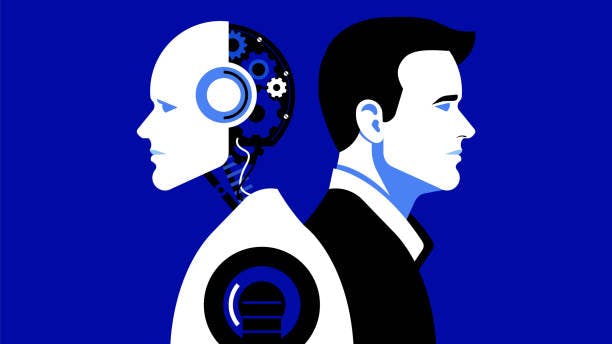
Human intelligence is not defined by just one trait, but by a combination of diverse abilities, such as learning, reasoning, problem solving, perception, and language use. Artificial Intelligence research focuses on replicating these diverse human abilities to create machines that can exhibit intelligent behaviour.
What is Artificial Intelligence ?
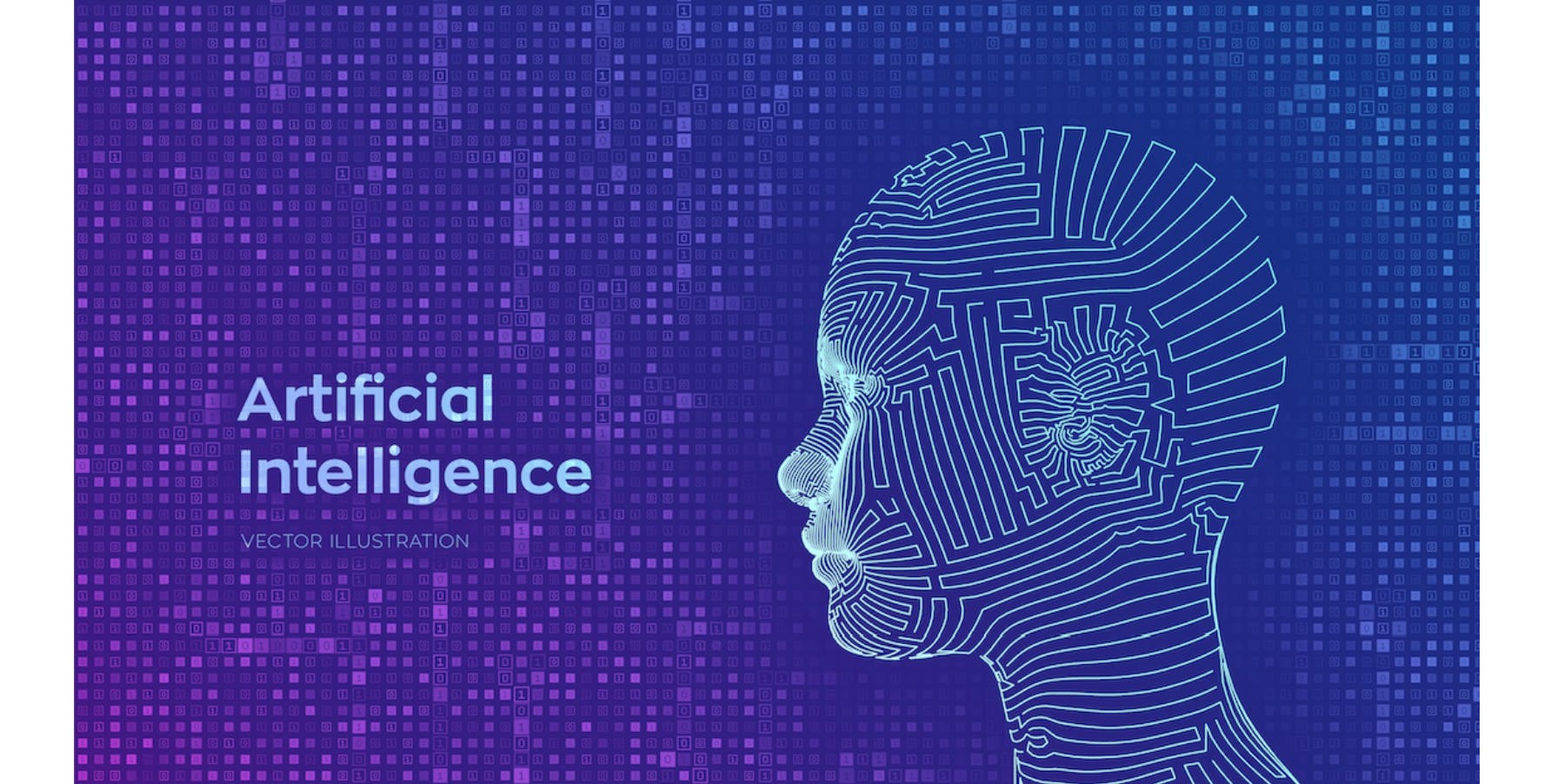
In simple words, AI is intelligence displayed or demonstrated by machines. Typically, AI systems operate by studying and processing large amounts of labeled training data, searching for correlations and patterns within the data, and using these patterns to anticipate future outcomes. This saves time and resources by enabling the automation of tedious and repetitive work. A significant part of our daily life and numerous industries are being revolutionised by AI. Voice assistants like Siri or Alexa, chatbots for customer support, image and speech recognition, and self-driving vehicles are a few examples of common AI.
What is an AI Model?
An AI model is a tool or algorithm that has been trained to recognize certain patterns and make predictions based on that data. It results from an AI system being trained using machine learning techniques and a lot of data.
Types of AI Models
There are several different types of AI models, each of which has its own strengths and weaknesses and is used for different purposes.
Linear Regression: Based on one or more independent variables, a dependent variable's value is predicted using a linear regression statistical model. It is often used across several industries, including banking, retail, healthcare, and insurance.
Example - Predict housing prices based on various factors such as location, square footage, number of bedrooms, etc.
Deep Neural Networks: Deep Neural Networks, or DNNs, are created to identify patterns in huge datasets and are inspired by the neural network architecture of the human brain. DNNs are widely used in speech recognition, image recognition, and natural language processing
Example - Image recognition, where a DNN model can identify objects in an image with high accuracy.

Logistic Regression: The output of a logistic regression is one of two classes, and it is a statistical model that is used to solve binary classification problems. Though comparable to linear regression, it was created expressly to address categorization issues.
Example - Predict the likelihood of a customer buying a product based on their age, income, and location.
Decision Trees: Decision Trees are artificial intelligence models that use information from previous decisions to inform future ones. The model breaks up the data into smaller chunks and draws a conclusion using a structure like a tree. Regression and classification issues can both be solved using decision trees.
Example - In the healthcare industry to predict the likelihood of a patient having a certain medical condition based on their symptoms and medical history.
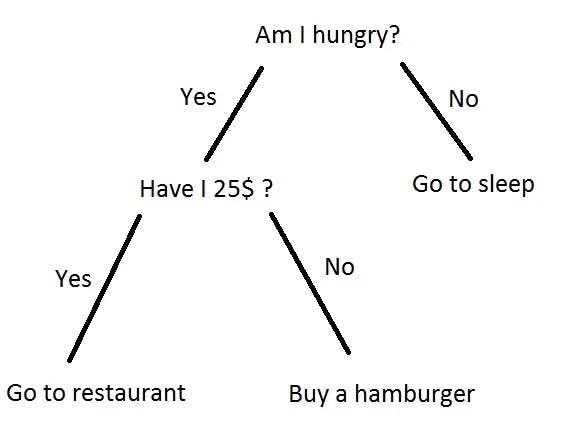
Learning Vector Quantization: For multi-class classification problems, Learning Vector Quantization is a form of Artificial Neural Network. It organises data by creating a collection of codebook vectors that are used to classify other unseen vectors.
Example - Speech recognition, where the model can recognize speech patterns and transcribe speech to text.
Linear Discriminant Analysis: This form of Logistic Regression is used to distinguish between two or more classes in the output. It is frequently used in both medicine and computer vision.
Example - Face recognition, where the model can distinguish between different faces and identify a person based on their facial features.
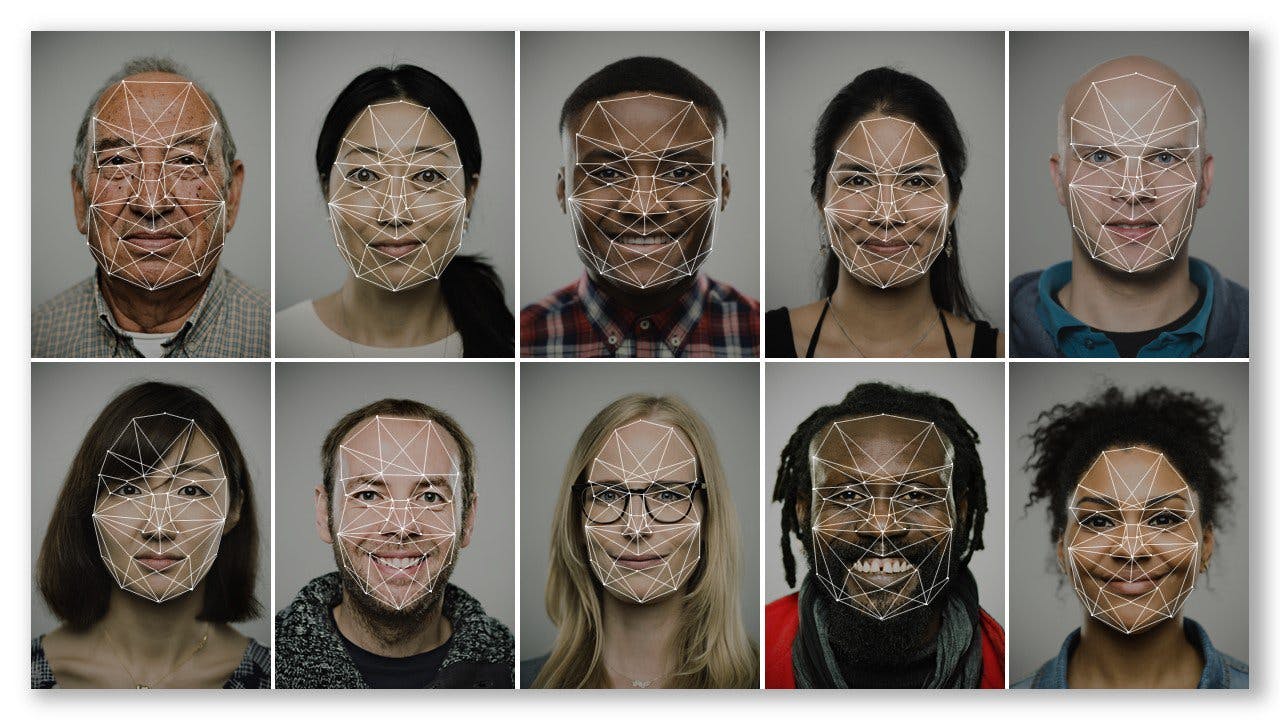
K-nearest Neighbors: This simple AI model is used to solve classification and regression problems. It operates on the presumption that related data are close to one another.
Example - Recommendation systems, where the model can suggest products or services to a user based on their past preferences and behaviour.
Naive Bayes: Naive Bayes is a simple AI model that is used for solving a range of problems, including test classification and medical data classification. It is based on the Bayes Theorem and assumes that the occurrence of one feature does not depend on the occurrence of another feature.
Example - Email filtering, where the model can classify emails as spam or not spam based on certain features such as the sender, subject, and content of the email.
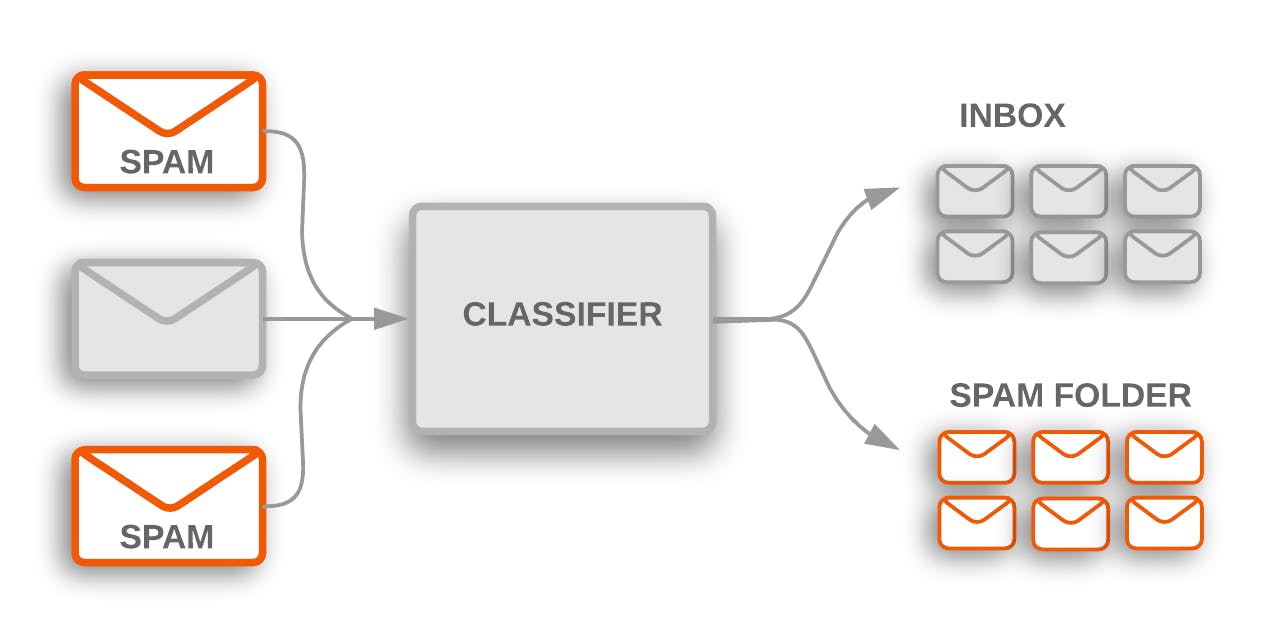
Random Forest: Random Forest is an ensemble learning model designed to address classification and regression problems. It creates a "forest" of decision trees, integrating each tree's output into the final prediction.
Example - Identify suspicious transactions by analyzing a large number of transactions and looking for patterns and anomalies.
Support Vector Machines: SVMs are rapid and effective models that are widely used to solve text classification and binary classification problems. They work by creating a boundary that separates the classes in the data.
Example - Recognizing handwritten digits based on features such as shape, size, and orientation.
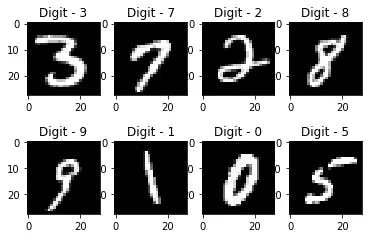
Conclusion
In conclusion, AI models are essential to the field of artificial intelligence since they allow us to automate tedious tasks, improve our daily lives, and make more precise predictions. AI has demonstrated its worth in increasing efficiency, saving time and resources, and enhancing decision-making processes—from the simple use of chatbots in customer service to the cutting-edge technology behind self-driving cars. The possibilities are endless and we are only beginning to scratch the surface of what AI is capable of.

